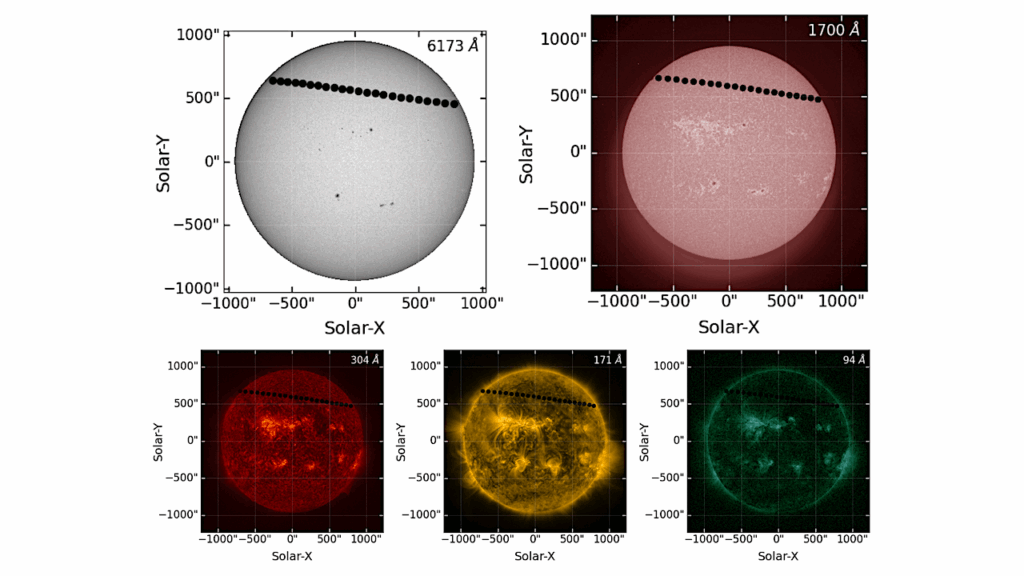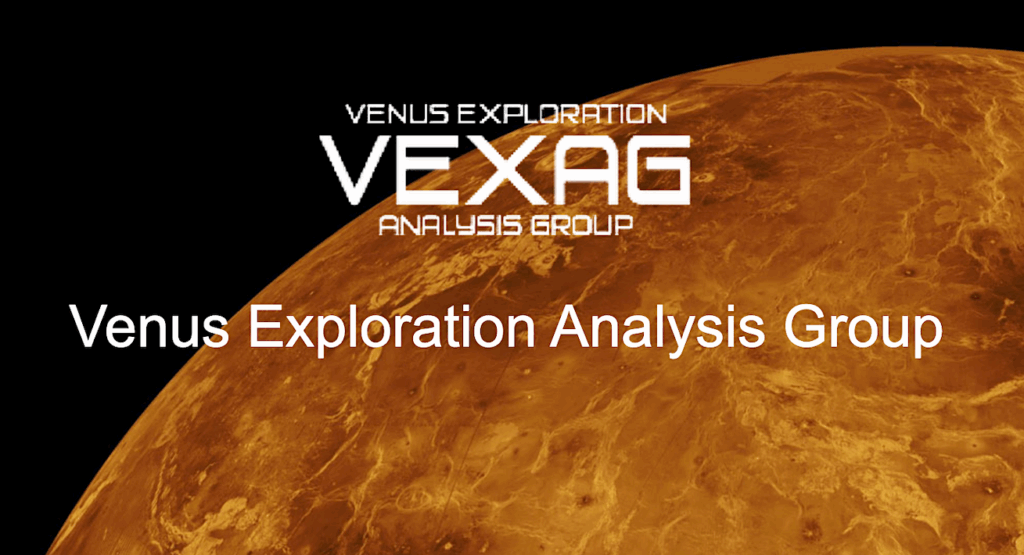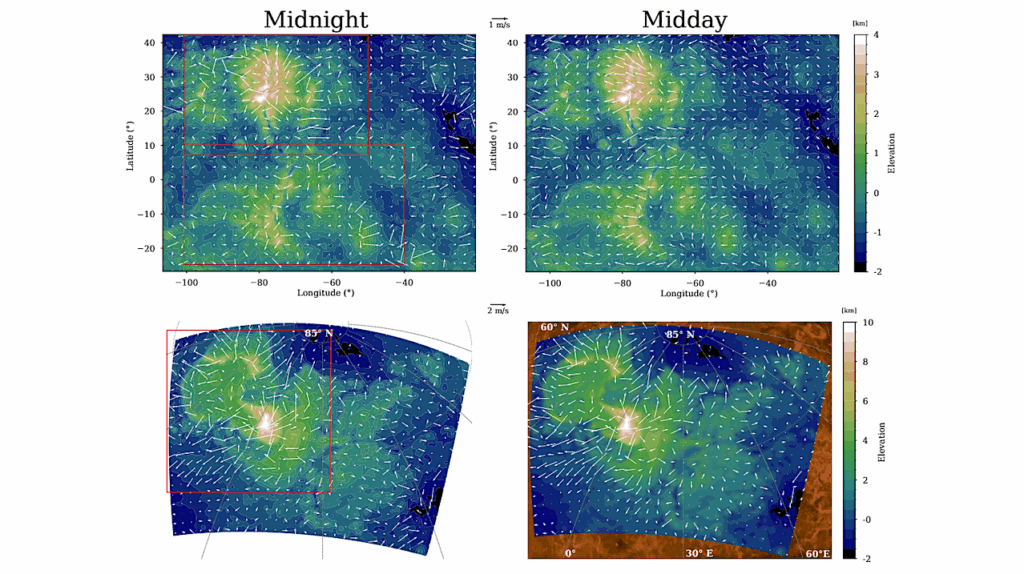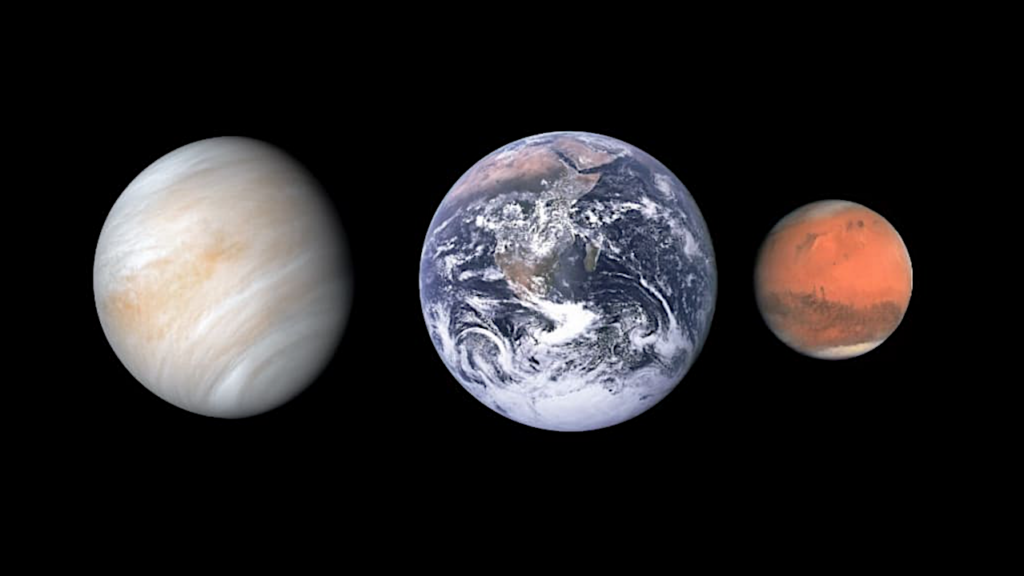Phosphine Gas in the Cloud Decks of Venus

Measurements of trace-gases in planetary atmospheres help us explore chemical conditions different to those on Earth. Our nearest neighbor, Venus, has cloud decks that are temperate but hyper-acidic. We report the apparent presence of phosphine (PH3) gas in Venusian atmosphere, where any phosphorus should be in oxidized forms.
Single-line millimeter-waveband spectral detections (quality up to ~15 sigma) from the JCMT and ALMA telescopes have no other plausible identification. Atmospheric PH3 at ~20 parts-per-billion abundance is inferred. The presence of phosphine is unexplained after exhaustive study of steady-state chemistry and photochemical pathways, with no currently-known abiotic production routes in Venusian atmosphere, clouds, surface and subsurface, or from lightning, volcanic or meteoritic delivery. Phosphine could originate from unknown photochemistry or geochemistry, or, by analogy with biological production of phosphine on Earth, from the presence of life.
Jane S. Greaves, Anita M. S. Richards, William Bains, Paul B. Rimmer, Hideo Sagawa, David L. Clements, Sara Seager, Janusz
J. Petkowski, Clara Sousa-Silva, Sukrit Ranjan, Emily Drabek-Maunder, Helen J. Fraser, Annabel Cartwright, Ingo Mueller-Wodarg, Zhuchang Zhan, Per Friberg, Iain Coulson, E’lisa Lee, Jim Hoge
Other PH3 spectral features should be sought, while in-situ cloud and surface sampling could examine sources of this gas.
Subjects: Earth and Planetary Astrophysics (astro-ph.EP)
Cite as: arXiv:2009.06593 [astro-ph.EP] (or arXiv:2009.06593v1 [astro-ph.EP] for this version)
Submission history
From: Janusz Petkowski
[v1] Mon, 14 Sep 2020 17:26:40 UTC (2,362 KB)
https://arxiv.org/abs/2009.06593
Astrobiology








